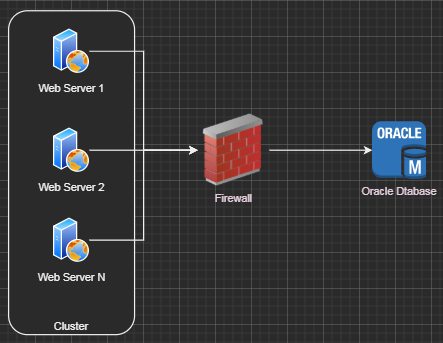Presto - A distributed SQL Engine for variety of data stores
Introduction
In a company/enterprise, typically there are multiple sources of data. This could be result of M&A (where each of those add in a new data store) or result of multi year process of using data stores that are in vogue at that time. Result is combination of various types of relational databases, flat file systems, queues and so on. This results in Data Silos. This scenario is typically observed in companies who are running workloads On-prem (i.e. Pre-cloud, Companies who started on Cloud or have moved to it, typically tend to organize data platform better. This could be because of ease of migrating data on cloud. Typically, they centralize it around cheaper object storage (say AWS S3)).
